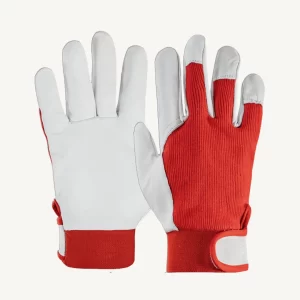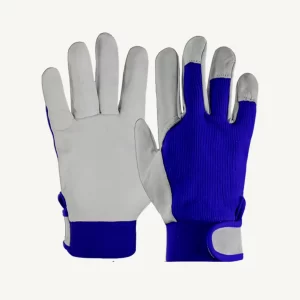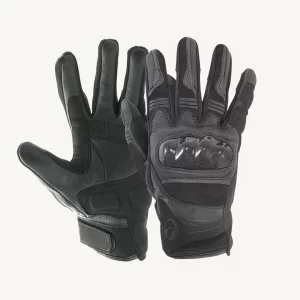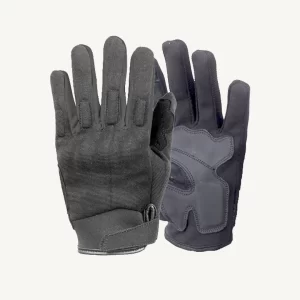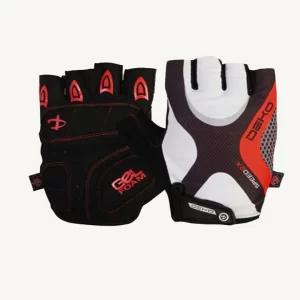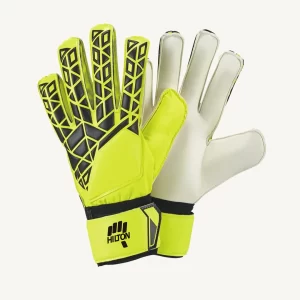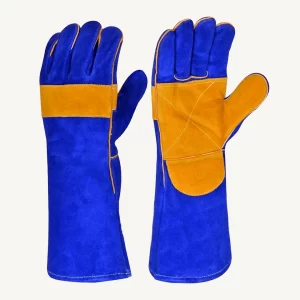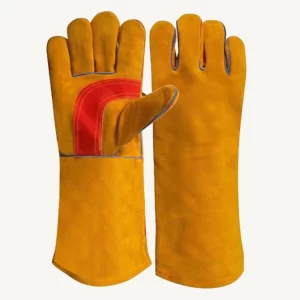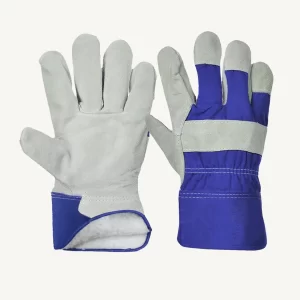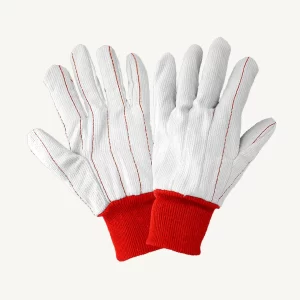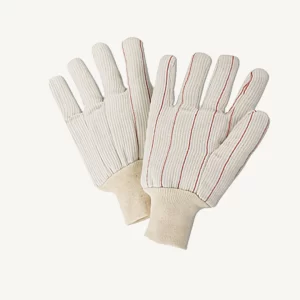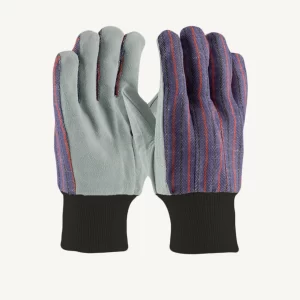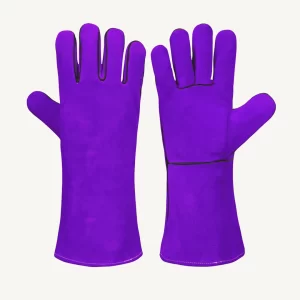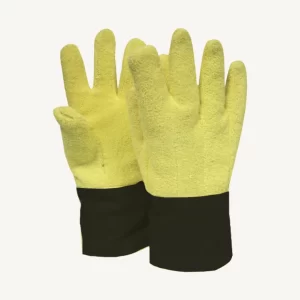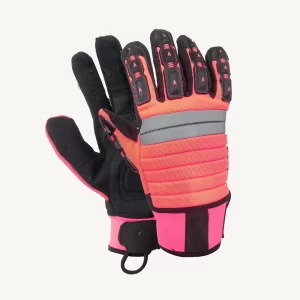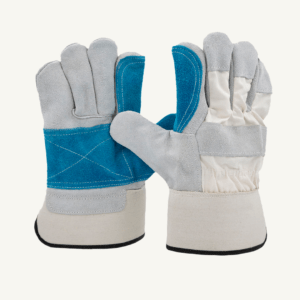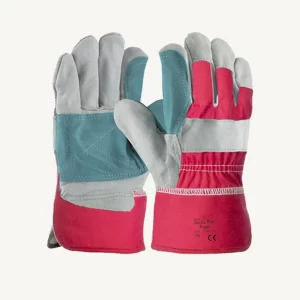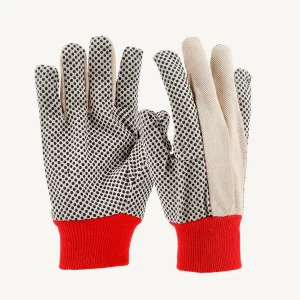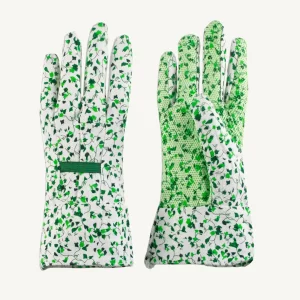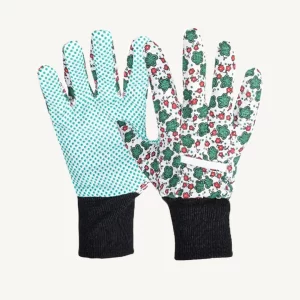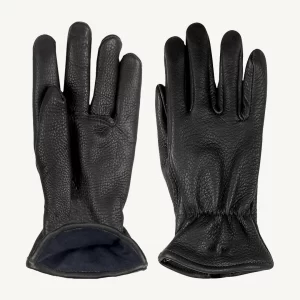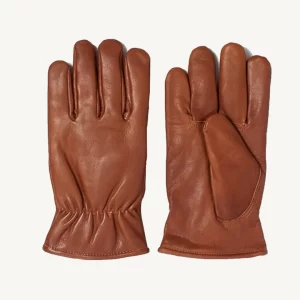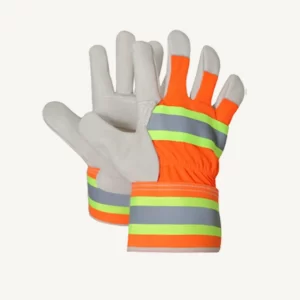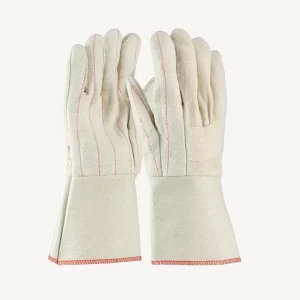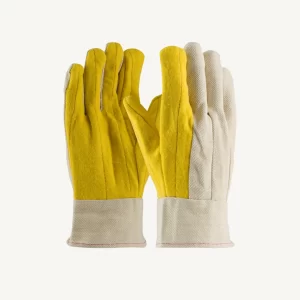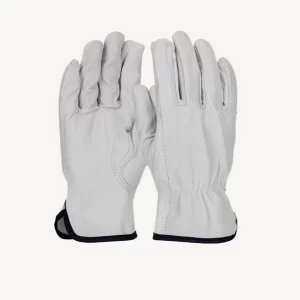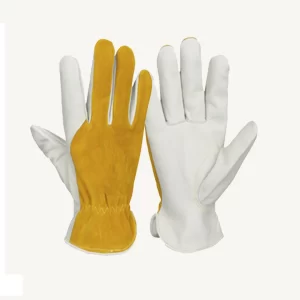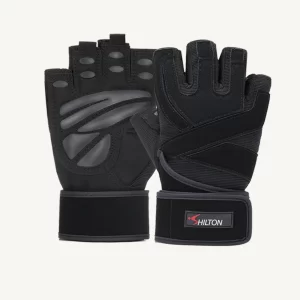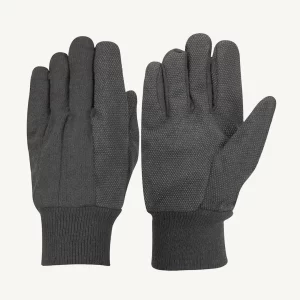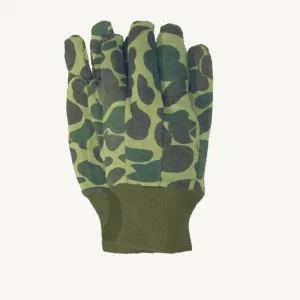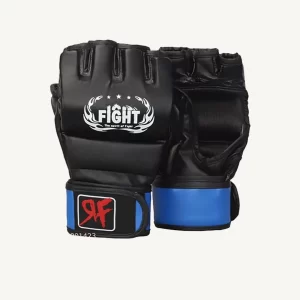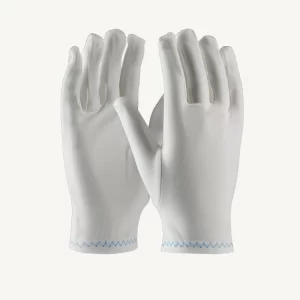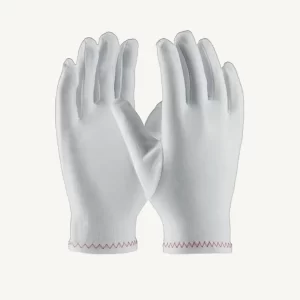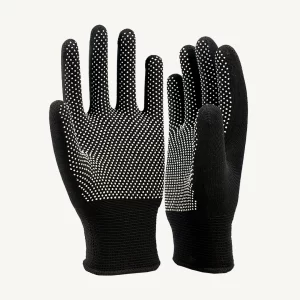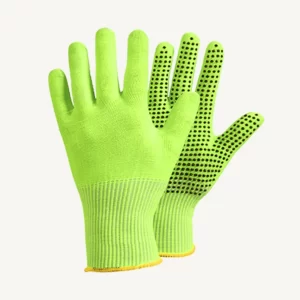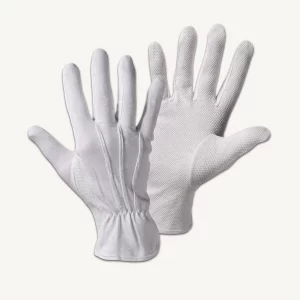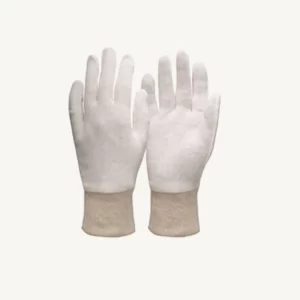WORKING GLOVES
- Categories
- Leather Palm Gloves
- Welding Gloves
- Driver Gloves
- Machine Gloves
- Seamless Gloves
- Cotton Canvas Gloves
- Interlock Gloves
- Jersey Gloves
- Zean Gloves
- Safety Aprons
- Safety Vests
- Safety Coveralls
- Working Pant
Category: Safety Work Gloves
Showing 1–24 of 31 results
The Best Work Gloves for Every Job
When you work with your hands, having the right pair of gloves can make all the difference in comfort, protection and getting the job done right. But with so many types of work gloves on the market, how do you choose what’s best for your needs? This guide covers all the top styles, features and brands to consider.
Types of Work Gloves
Work gloves fall into a few main categories based on the materials used and level of protection provided:
Cotton Knitted Work Gloves
Cotton knitted gloves provide lightweight, breathable protection for tasks that require dexterity and tactile sensitivity. The knitted cotton construction allows for good airflow to keep hands cool and comfortable over long periods. These gloves are also machine-washable for convenience.
Common uses for cotton knitted gloves include gardening and yard work, light assembly and finishing work, handling delicate materials, packing and moving, and arts and crafts projects. They help protect against minor abrasions and scratches.
Popular features to look for in cotton knitted gloves are reinforced palms and fingers for durability, stretch panels between fingers for better fit, and longer cuffs to protect wrists. Top brands include Hilton Enterprises and Mega wholesaler
Cut and sewn work gloves provide enhanced dexterity by using small pieces of full-grain leather sewn together to improve finger flexibility compared to standard leather gloves. This allows for better grip and feel when handling smaller items or doing detail work.
These versatile gloves are abrasion-resistant while remaining breathable. Terry Cloth or vented backs add comfort for all-day wear. Cut and sewn gloves are great for auto repair, construction, assembly, maintenance, inspection and other medium duty applications.
Key features to look for are double reinforced index fingers and thumbs, wing closure straps for customized fit, and knuckle straps to prevent over-extension. Ironclad, Mechanic and Custom Leather craft are top cut and sewn work glove manufacturers.
Leather work gloves are one of the most common and versatile types of protective work gloves. Typically made from tanned rawhide leather, these gloves provide excellent abrasion and puncture resistance while allowing for good dexterity and grip.
Popular styles of leather work gloves feature wing thumb design for mobility, Keystone thumb construction to eliminate seam splits, and Shirred Elastic wristbands for a snug fit. Many also have padded palms using insulating materials like terry cloth to absorb sweat and provide cushioning for comfort.
Leather work gloves are the preferred choice for heavy duty applications like construction, manufacturing, maintenance, farming, oil/gas, mining, and other manual trades requiring hand protection from cuts, vibration, impact and more. Durable all-leather styles from brands like Wells Lamont, Youngstown and Dewalt excel in these rugged situations.
Sports and fitness gloves provide lightweight, flexible protection during athletic activities like weightlifting, Cross Fit training, cycling, batting and others. They aim to improve grip, absorb sweat and cushion hands from friction related to sports equipment and gear.
Key features vary by intended sport but often include vented mesh backs to allow airflow, microfiber palms for secure grasp without slipping, and flexible Lycra-spandex blends to facilitate finger and hand movement. Some also have foam or gel padding in key areas. Popular brands include Harbinger, SKLZ, Nike and Adidas.
While offering abrasion protection and comfort, sports gloves lack the durability, cut resistance and insulation required for heavy occupational work purposes. They should only be used for their intended recreational fitness activities.
Key Features to Look for in Safety Gloves
With an overwhelming array of technical materials and options for work gloves these days, focus first on a few vital performance factors:
Grip & Dexterity – Will the gloves allow you to safely and effectively handle tools, materials, controls and other tasks without slippage or losing touch sensitivity? Consider coating types and pattern designs.
Comfort & Breath-ability – Work gloves must be worn constantly to fully protect, so all-day comfort is a must. Seek flexible, lightweight materials with ventilation based on the climate.
Durability & Protection – Leather thickness, high performance fabrics and coatings determine how well gloves resist punctures, cuts, abrasions etc. Assess your risk exposures.
Fit & Sizing – The right glove size ensures good mobility while eliminating excess material that can catch. Most brands offer guidelines for measuring hands correctly.
Care – Proper use and cleaning per each brand’s recommendations will also maximize glove lifespan and safety.
Top Materials For Safety Gloves
Today advanced fabrics and materials supply the protective qualities, breath-ability and durability that work gloves need to excel:
Leather – Classic rugged material handles abrasions well. Cowhide, pigskin, goatskin etc. determine suppleness and strengths.
Coatings – Latex, nitrite, vinyl and more add liquid protection, grip and other functions to glove fabrics without losing feel.
Kevlar® – Cut-resistant para-amid fibre used in knives, heat and other high risk work gloves (often with steel mesh).
Terry cloth – Provides padding and sweat absorption popular cotton knitted work gloves and other styles.
Neoprene – Synthetic rubber material resists oils, chemicals and water well. Stretchy and comfortable fit. Excellent chemical barrier against caustics, alcohols etc. Often used for cleanup work.
Work Glove Brands Worth Buying
With all the factors that make one pair of work gloves better than another, quality counts. Stick with reputable brands certified to meet key safety standards. Top names include:
- Hilton Gloves – Specialists in cut-resistant and food service gloves. Offering exceptional grip and safety from accidents involving knives, glass, and hot items.
- Mega Wholesaler -Trusted innovative brand offering leather, knitted, and coated gloves engineered for superior comfort, breath-ability, and protection across industries.
The strongest brands continue advancing work glove tech for better all-day performance, responsiveness, care and safety in every environment.
Finding the Right Fit
An improper glove fit hampers mobility, exposes hands to injury, and discourages wearing. Use these best practices:
Size correctly – Measure hand circumference at palm base. Compare each brand’s size chart.
Try both on – Determine fit and feel with the gloves actually on your working hands.
Mind the cuff – Long protective cuffs help but can impede wrist flexing for some and catch.
Retest used gloves – Make sure gloves haven’t stretched out or weakened with real workload usage before ongoing rely.
Taking a few moments to get the right work gloves dialled in makes labour, production and process far less hazardous each shift. Safety counts.
Conclusion
Don’t take hand protection for granted. Investing in work gloves purpose-designed for the hazards and demands at play is a small price for upholding health and ability for ongoing earning. Use our guide’s insights to pick the right pair for every job.

